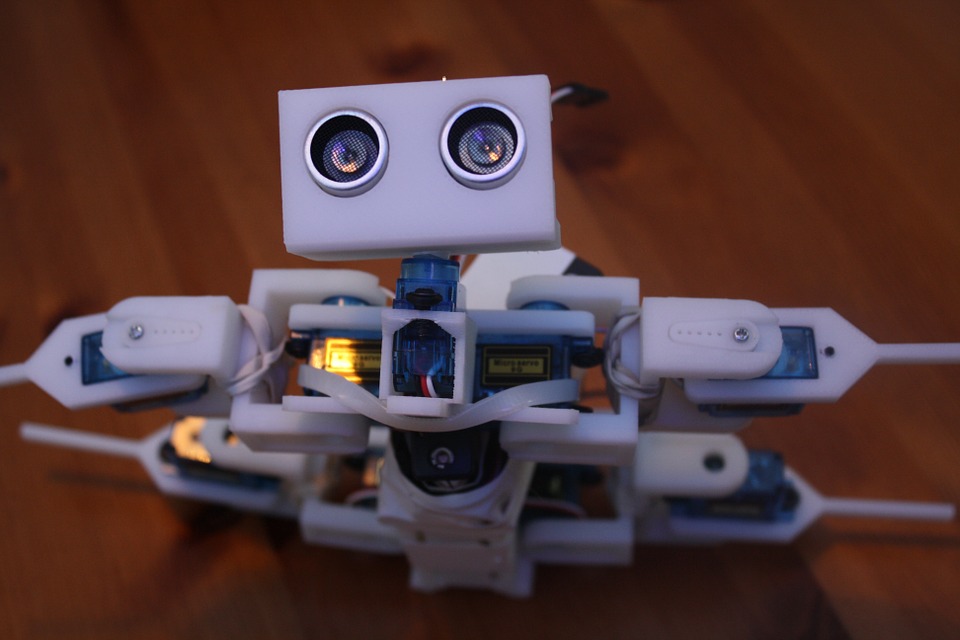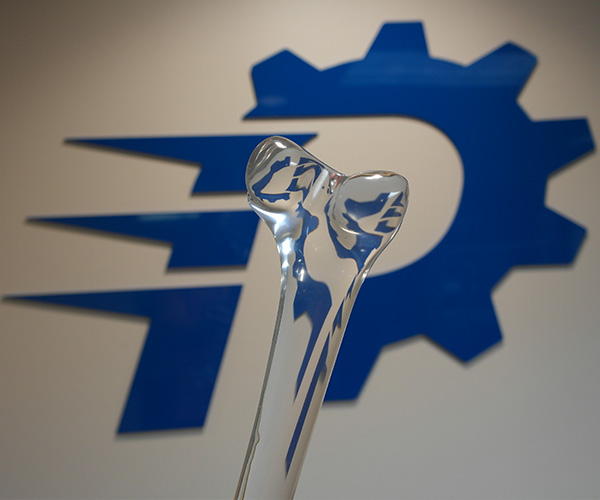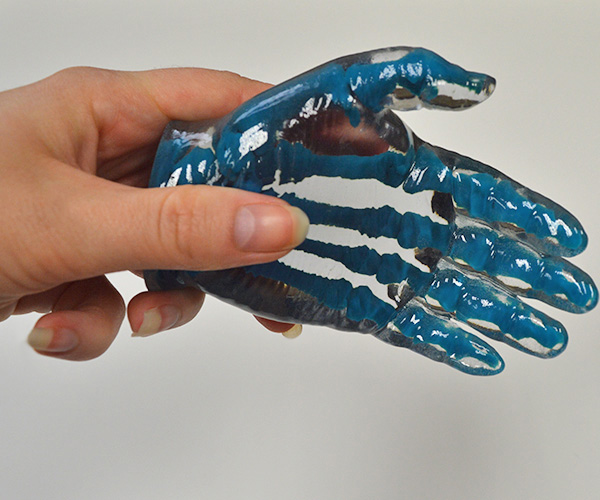3D printing continues to develop and expand its reach into various fields, not the least of which is education. From 3D-printing bones for use in medical demonstration to building 3D files in virtual reality platforms, this technology has the potential to draw future engineers at an early age. As those of us at ProtoCAM are continuously striving to educate future generations about 3D printing, we wanted to examine this technology’s use inside the classroom as an educational tool.
Perhaps the most obvious use for 3d printing as an educational tool is utilizing the technology to aid in hands-on and visual learning. For example, students with a 3D printer in the classroom can print custom components for complex robots, a common STEM (Science, Technology, Engineering, Math) activity. Our recent intern here at ProtoCAM, Nolan, utilized 3D printing to create landing gear for a drone. The technology is not limited to the sciences, though; 3D printing can be utilized across many class subjects. 3D printed objects can be created to provide a visual reference for mathematics, physical landscapes for geography, tangible artifacts for history class, props for theater; the possibilities are endless!
In the robot-building example, students have the opportunity to learn both about building robotics, and about how to create and prepare their own 3D files for production. Students can create these files through traditional 3D design programs, or through using more innovative means, like virtual reality equipment. Many students benefit from a more hands-on approach to learning, and programs like MakeVR can be utilized to cater to this mode of learning. Objects can be built and manipulated in a virtual space to put more power into the hands of students and allow them to get a better idea of the finished result. So in a single session, students learn about robotics, virtual reality, and 3D design, all by way of 3D printing.
In a more specific educational environment, the medical classroom, 3D printing is often utilized in a similar way, producing simulations of human or animal tissue, bones, and muscle structures for hands-on manipulation and visual representation. Here at ProtoCAM, we are often called upon to 3D print human or animal bones using our stereolithography (SLA) technology. Our ability to produce incredibly detailed models using this technology means we can create educational tools that are as true to real life as possible. Printing with clear and colored materials allows us to created demonstrative models where all the elements of a particular body part—skin, veins, muscle tissue, etc.—are clearly visible and malleable. Increasingly sophisticated technologies, like our PolyJet printer, can also allow for different materials, colors, and durometers (hardness levels) to be printed all within one model in a single build, additionally contributing to authenticity in an educational capacity.
Beyond artificial recreations of body parts, 3D bioprinting has also emerged to contribute to better education for medical students. Though the ideal end use of this 3d-printed living tissue would be for organ, bone, and tissue replacement, its perhaps more practical and current use is as an education tool; rather than performing practice surgeries and procedures on living patients or cadavers (which feature their own drawbacks), medical students can utilize these living tissues—which are essentially the same as those found in a live subject, without the risk of injury to a living thing—to practice their craft.
These are just a few examples of the benefits of using 3D printing as an educational tool, and the ever-increasing availability of newer and more advanced 3D printing materials and technologies means more opportunities for education; flame-retardant materials, for example, could be used in some capacity as a learning tool for firefighters, or a material or process that replicates the qualities of an ancient and degraded material could be used to help archeologists learn how to handle artifacts properly in the field. Already we see innovation at work; one student from New Zealand has designed interactive 3D printed plants that react to touch and replicate real-life plants, which can be used for education and to create realism in other capacities.
Here at ProtoCAM, we ourselves love utilizing 3D printing as an educational tool in and outside our facility, and can’t wait to do so at an upcoming Da Vinci Science Center event and during our various upcoming tours. At some point, we hope to see a 3D-printer in every classroom and training facility, utilized in ways we can’t even fathom; with endless possibilities in what’s printable and the bottomless enthusiasm and creativity of young engineers, who knows what future students will create!



